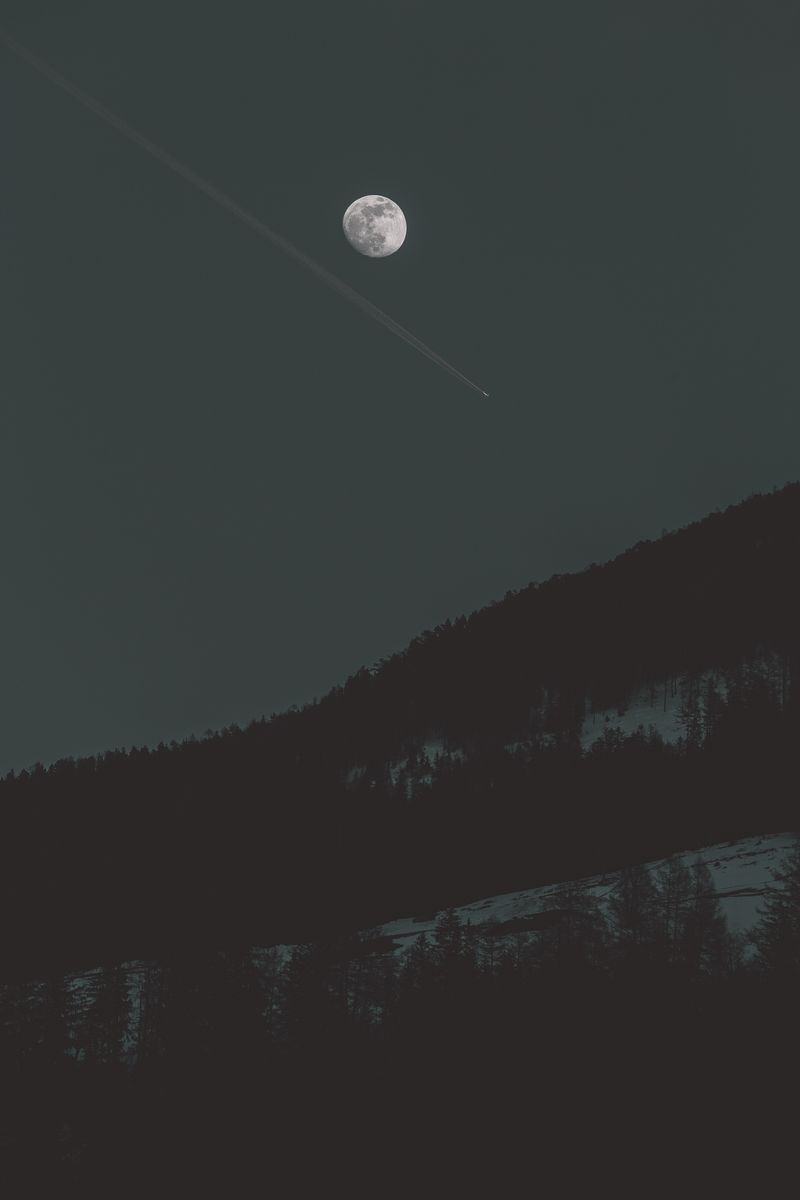Supermoon: What is it and how can I see it?
Published 6 hours ago | By Aoife Walsh
The Moon is currently appearing larger and brighter than usual for many people around the world in a phenomenon known as a supermoon. This occurs when the Moon is at its closest approach to the Earth. This month’s supermoon is called the Sturgeon Moon, named after the increase in sturgeon fish in North American lakes during this time of year. For those in the UK, the main question is whether the rain will hold off long enough to catch a glimpse of this celestial event.
How to see the supermoon
Catherine Heymans, an astrophysics professor at the University of Edinburgh, suggests looking to the horizon just after sunset. The Sturgeon Moon rises on August 1st, but it will still appear full for the following couple of nights. In the UK, the Moon will technically be full at 19:31 BST, but observers won’t be able to see it until it rises above the horizon at 21:22 BST, according to Royal Observatory Greenwich astronomer Dr Greg Brown. It will be indistinguishable from a full Moon throughout the night before setting at 05:42 BST the following morning.
Dr Brown explains, “While a clear, low horizon to the southeast will certainly help you spot it sooner, it will quickly rise into the sky, making it visible from practically anywhere in the country. Being the brightest thing in the night sky, you won’t have any trouble spotting it regardless of whether you are in the bright city or the dark countryside. You won’t need any device to see it, though a pair of binoculars or a small telescope can always be used to magnify its features and get a clearer view of its surface.”
Will clouds in the UK spoil the fun?
Potentially, poor weather conditions this evening could make it difficult to catch a glimpse of the supermoon, with an area of low pressure bringing cloud and rain from the west. However, parts of northern mainland Scotland are expected to have clear spells throughout the night, making the supermoon visible in these areas. In north Wales, the Midlands, northern England, and East Anglia, there may be a few breaks in the clouds until around midnight before the rain arrives. Behind this band of rain, some cloud breaks should also return to southwest and southeast Wales before the Moon sets.
Despite the weather conditions, Professor Don Pollacco, a physicist at the University of Warwick, reassures that the Moon will be so bright that it can still be seen “when it’s not particularly dark or even if the weather isn’t particularly clear.”
What causes a supermoon?
The Moon orbits the Earth in an elliptical shape rather than a circle, resulting in variations in distance from Earth by tens of thousands of kilometers. A supermoon occurs when the Moon is at its closest point to Earth, known as the lunar perigee. During a full Moon at perigee, the Moon appears 14% larger and 30% brighter compared to when it is furthest away from Earth. The final supermoon of 2023, called the Harvest Moon, will take place on September 29th and only occurs once every four years.
What is a Blue Moon?
Following the Sturgeon Moon, a rare Blue Moon is set to occur on August 30th. A Blue Moon is defined as a second full Moon that happens within a single calendar month, and it occurs every two to three years, or “once in a Blue Moon.”
If you have pictures of the supermoon, BBC invites you to share them by email or on social media.

<< photo by eberhard grossgasteiger >>
The image is for illustrative purposes only and does not depict the actual situation.
You might want to read !
- How to Witness the Spectacular Supermoon in Ontario Tonight
- Canadiens Strike Deal with Lias Andersson: Bolstering Roster for the Upcoming NHL Season
- Canadian Pro Golfer Makes History at Rocket Mortgage Classic: Livestream and Final Round Leaderboard Revealed
- Northen Lights Spectacle Set to Illuminate 17 US States in the Coming Week
- Opening the New Russ & Daughters: A Gastronomic Delight Unveiled in Canada




